Cobá is usually a destination reserved for archeology buffs, but beyond the site the area around it is perfect for those tired of lounging in an all-inclusive mega-resort on the seaweed-and-hipster-strewn Caribbean coast slinging well-brand cocktails and navigating massive buffets of lackluster food. There is the possibility of immersing oneself in nature along with real Mayan experiences and culture. Even the cenotes feel more remote and pristine.
Cobá is also an excellent alternative for those moving their base from the Merida area to spend some time on the beach; a multi-day mini-trip that makes a boring drive from A to B that much more interesting.
I will get into some of those attractions shortly.
First a few impressions of Cobá. The ejidatarios are in control at Cobá and it shows. At the archeological site, the onerous federal entity known as INAH (Instituto Nacional de Antropologia e Historia) has been kicked out and the locals run the show. A modest $100 peso entry fee pales in comparison to the outrageous $600 pesos at the overcrowded, overhyped and overrrun Chichen Itzá.
The town of Cobá meanwhile, is a mixture of small Mayan village with many concrete structures resembling stores and cafés, not a single cantina, very few hipsters in spite of the proximity to the Tuluminati now fleeing seaweed and narcotraficantes, many chickens running around the streets along with an unhealthy number of dogs. As I write this at 6 AM in a hotel on the town’s “main drag” there are about a dozen roosters next door (the backyard of a modern structure housing a Catholic church) mercilessly crowing their morning salutations.
A short half hour drive on the highway between Cobá and Nuevo Xcan through mostly virgin forest/jungle you will come across tiny villages, some offering food, tours, trinkets, souvenirs. Note that most of these are former rubber encampments, from the days when adventurous Mayans and some foreigners would lose themselves in the jungle for months at a time, harvesting the very valuable chicle or rubber. You can see evidence of their work on the trees in the form of zig-zag cuts, now healed, in the bark of some of the trees. The market has now dried up, a highway was put in and the gold rush and lawless lifestyle has long since disappeared. But the houses and some people remain, forming villages such as Pac Chen, Campamento Hidalgo, Nuevo Laredo. At one such settlement, Punta Laguna, there is the opportunity to enjoy a canoe trip on the lagoon, a zip line and observe spider and howler monkeys. A local cooperative of villagers control access to the site and offer guided tours of the property. The reserve, now officially recognized iand designated as such consists of apparently 5000 hectares of protected land. Part of the attraction is a short paddle in a canoe on the fresh water lake right there in the reserve.

